Timely and accurate information on crop yield and production is critical to many applications within agriculture monitoring. Thanks to its coverage and temporal resolution, coarse spatial resolution satellite imagery has always been a source of valuable information for yield forecasting and assessment at national and regional scales. With availability of free images acquired by Landsat-8 and Sentinel-2 remote sensing satellites, it becomes possible to provide temporal resolution of 3–5 days, and therefore, to develop next generation agriculture products at higher spatial resolution (10–30 m). This paper explores the combined use of Landsat-8 and Sentinel-2A for winter crop mapping and winter wheat yield assessment at regional scale. For the former, we adapt a previously developed approach for the Moderate Resolution Imaging Spectroradiometer (MODIS) instrument at 250 m resolution that allows automatic mapping of winter crops taking into account a priori knowledge on crop calendar. For the latter, we use a generalized winter wheat yield forecasting model that is based on estimation of the peak Normalized Difference Vegetation Index (NDVI) from MODIS image time-series, and further downscaled to be applicable at 30 m resolution. We show that integration of Landsat-8 and Sentinel-2A improves both winter crop mapping and winter wheat yield assessment. In particular, the error of winter wheat yield estimates can be reduced up to 1.8 times compared to using a single satellite.
1.
Introduction
The organs in the gastrointestinal system are lined with 4 layers of tissue: the mucosa, submucosa, muscularis externa, and serosa [1]. The mucosa consists of epithelium, a loose connective tissue called lamina propria, and a thin layer of smooth muscle called the muscularis mucosa [1]. These tissues are all innervated via the autonomic nervous system allowing digestion, absorption, and waste elimination. Specifically, the two plexuses of the gastrointestinal tract, the myenteric and submucosal promote digestion throughout the gastrointestinal system [2].
Mast cells play an important and useful immunological role when they function appropriately. When these cells are overactivated, they stimulate adverse reactions due to increased sensitivity. Because mast cells have a strong presence at the lamina propria and contribute to visceral reactivity, a dysfunction in mast cell degranulation can cause overstimulation of normal gastrointestinal function leading to increased motility [3]. This inevitably leads to digestive tract issues such as abdominal pain and diarrhea [3]. Symptoms that may be attributable to mast cell activation can also cause an anaphylactic reaction throughout the body, such as in MCAS [4]. Similarly, problems seen in EDS that occur in the connective tissue of gastrointestinal mucosa and issues with autonomic function as seen in POTS can cause the GI system to be negatively affected when this triad of disorders occurs together.
2.
EDS
According to most recent classifications, EDS has 13 clinically recognized types, with the hypermobile subtype (hEDS) often experiencing gastrointestinal symptoms [5]–[7]. In one study, hEDS patients had chronic constipation, rectal and uterine prolapse, stomach hernias, and issues with controlling autonomic bodily functions [8]. 218 patients with hEDS were studied and found to have at least one GI symptom at the time of diagnosis. 19.2% of those had GI dysmotility and out of those who had GI dysmotility, 11.9% had esophageal dysmotility, 42.8% had gastroparesis, 11.9% had small bowel colon altered transit time, and 9.5% had global dysmotility [8]. Moreover, the same study discovered that of the hEDS patients who had POTS, more were predisposed with GI dysmotility [8]. Overall, nausea, abdominal pain, constipation, and diarrhea were the most common symptoms seen in hEDS patients, possibly due to dysautonomia [9].
In the vascular subtype of EDS, the connective tissue has an increased tendency to perforate and/or bleed [10]. Although quite rare, these perforations can occur throughout the large intestine, small bowel, and stomach [10]. In a study conducted between 1975 and 1995, 44 gastrointestinal and 45 vascular complications were seen in this subtype, such as 41 colon perforations, 2 paraesophageal hernias, 22 spontaneous hemorrhages, 17 aneurysms, and 5 arterial dissections [11]. Meanwhile, patients with the classical-like subtype of EDS are seen to have issues with digestion, such as lack of intestinal movement, abdominal pain, and perforations [7].
3.
MCAS
MCAS occurs through erratic activation of mast cells that leads to inflammation throughout the body [12]. There are increases in mast cell mediators/markers such as tryptase, N-methylhistamine, 11B-prostaglandin F2a in the serum as well as leukotriene E4 [12]. These inflammatory markers are often used to screen and monitor disorders of mastocytosis. The levels of these markers may correlate to the severity of symptoms seen in those affected with the syndrome [13]. MCAS falls under the umbrella of mast cell disorders or mastocytosis and may lead to organ damage [14]. Manifestations of the disorder affect a variety of organ systems such as the skin, digestive tract, and bone marrow. Studies examining the gastrointestinal system show that MCAS patients present with heartburn, dysphagia, constipation, diarrhea, nausea, gastritis, and dyspepsia [12]. One study revealed small intestinal bacterial overgrowth (SIBO) in 30.9% of MCAS subjects compared to only a 10% occurrence in controls [15]. SIBO disrupts gut balance and may lead to issues such as abnormal bowel movements. Mast cell mediators can also create gut dysmotility and contribute to the symptoms previously mentioned. This claim can be elucidated by data demonstrating MCAS subjects with severe constipation have a concurrently high number of mast cells [15]. The subjective gastrointestinal symptoms in the MCAS population may be attributed to the effects of the inflammatory markers released by the mast cells. For example, leukotrienes may cause endothelial gap junction disturbances. An increase in leukotrienes, as seen in those with MCAS, leads to irritation and swelling in the gastrointestinal tract that can cause abdominal pain and loose stool [16]. Histamine is also primarily localized in mast cell granules and on release, it binds to histamine (H2) receptors located on vascular smooth muscle and gastric parietal cells. As a result, this release causes vascular dilation, gastric secretion, and increased vascular permeability [17].
4.
POTS
POTS has been found to have rapid gastric emptying, possibly due to autonomic denervation in the sympathetic nervous system [18]. Wang et al. discovered that out of 12 POTS patients, the most common symptoms were constipation, abdominal pain, and nausea/vomiting [19]. In a retrospective study involving a gastroenterology clinic with suspected POTS patients, 34.1% of patients were proven to have GI dysmotility problems [20]. Lawal et al. found that in 61 patients with POTS, 80% had nausea, 46% had vomiting, and 67% admitted to abdominal pain. 27.9% of those patients also had delayed GI motility studies [21]. On multivariable analysis, only POTS patients out of various other pathologies such as fibromyalgia, gastroesophageal reflux disease, and inflammatory bowel syndrome were found to have a significant association with increased GI dysmotility [8]. With such a wide range of GI symptoms, POTS' pathophysiologic pathways create symptoms that are most likely due to excess sympathetic tone, impaired peripheral autonomic function, hypovolemia, small fiber neuropathy, volume dysregulation, and autoimmune dysfunction [22]. Gunning et al. supports this autoimmune dysfunction mechanism as their study detected a significant number of POTS patients had autoantibodies against the adrenergic alpha 1 receptor as well as the muscarinic acetylcholine M4 receptor [23].
5.
Similarities within the triad of conditions
EDS is found to have more severe gastrointestinal symptoms compared to POTS and MCAS. From hemorrhage to perforations to further vascular effects, there have been various life-threatening problems in these patients specifically in the vascular EDS subtype. Meanwhile patients with POTS and hEDS were more likely to have digestive symptomatology. MCAS gastrointestinal symptoms can radiate from the esophagus down to the bowels causing issues with dyspepsia with indications of gastritis as well. POTS, related to its effect of autonomic dysfunction in the sympathetic nervous system causes an issue with GI motility. Like hEDS patients, POTS patients are found to have nausea, vomiting, abdominal pain, and constipation. While GI symptoms are a primary diagnosis in EDS, they may or may not be present in MCAS and POTS.
Individually, these three conditions each have genetic associations, however, there has yet to be a similar genetic association found between them. The information on the triad of EDS, MCAS, and POTS occurring is sparse and the investigation of their concurrent gastrointestinal manifestations is even sparser. Patients with EDS, specifically hEDS, have consistently shown severe gastrointestinal symptoms and it has been proposed that these be included as part of the diagnostic criteria for EDS [7]. It is established that gastrointestinal symptoms have been reported or associated with these three disorders but determining if they occur as a triad is where the research is lacking. Thus, the goal of this paper is to congregate the information available on this controversial topic. While these disorders may occur together, they may also appear as separate clinical entities. The symptoms that each disorder creates separately can overlap significantly and when combined with outdated criteria can lead to invalid assertions of a disease cluster. As a result, this has left many skeptical about deeming this as a new disease cluster and further clinical research is needed.
6.
Conclusions
As this review article suggests, the numerous GI complaints in these three pathologies can be due to a myriad number of causes and require further investigative research. These conditions affect the gastrointestinal system in various ways, all causing similar symptoms of nausea, abdominal pain, constipation, and diarrhea. Although these conditions appear similar with common presentations of flushing, headaches, and other gastrointestinal symptoms, they need to be diagnosed and treated as separate entities. If we encourage physicians to consider this possible triad and raise awareness of the likelihood that these disorders can occur concurrently, we can decrease the time to diagnose these diseases that require immediate treatment. Thus, patients with EDS who are found to have POTS and/or MCAS are recommended to follow up with a multispecialty team including a gastroenterologist and an allergist.











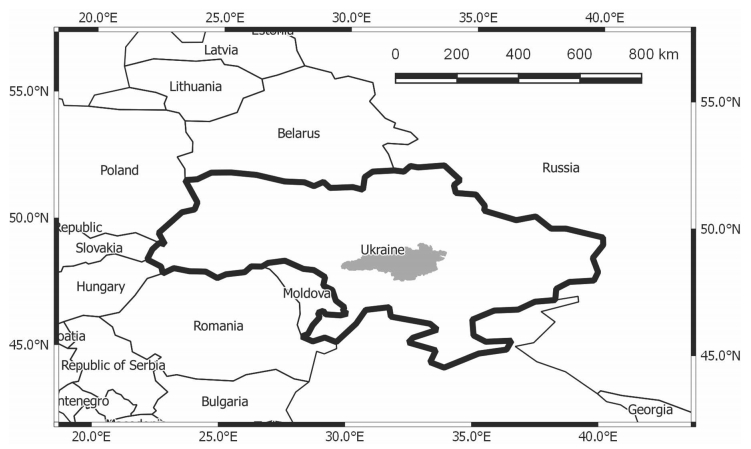
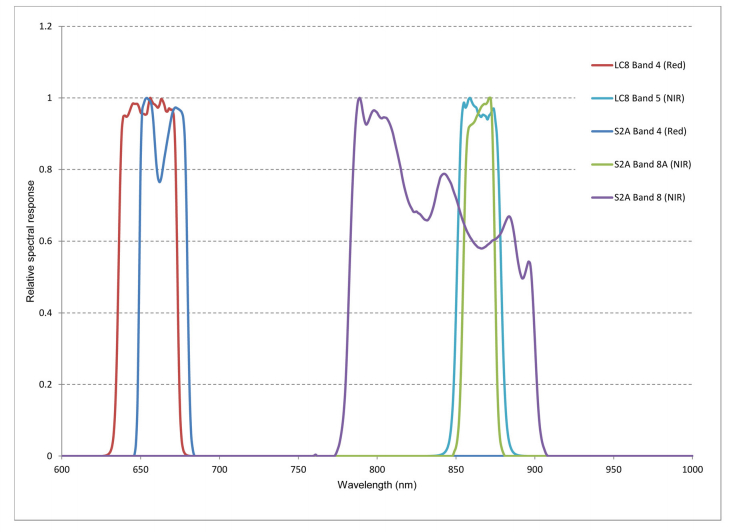
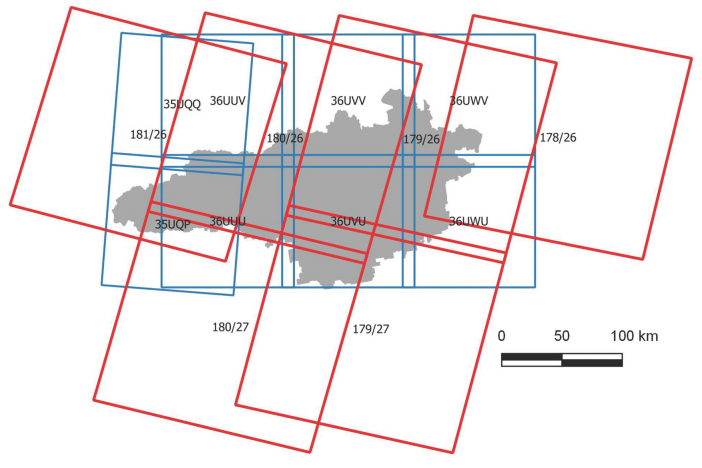
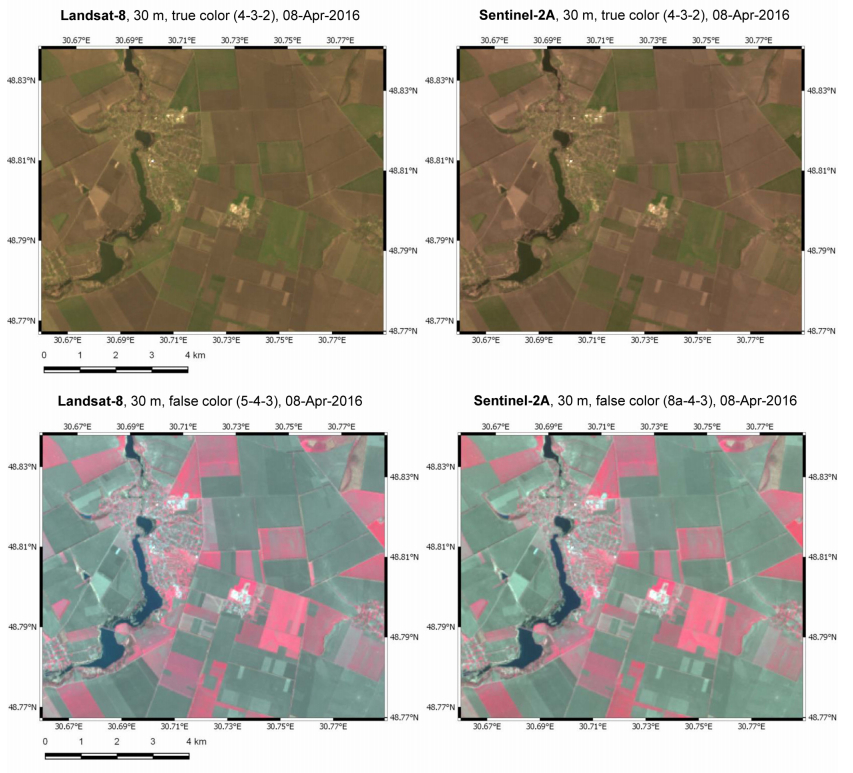
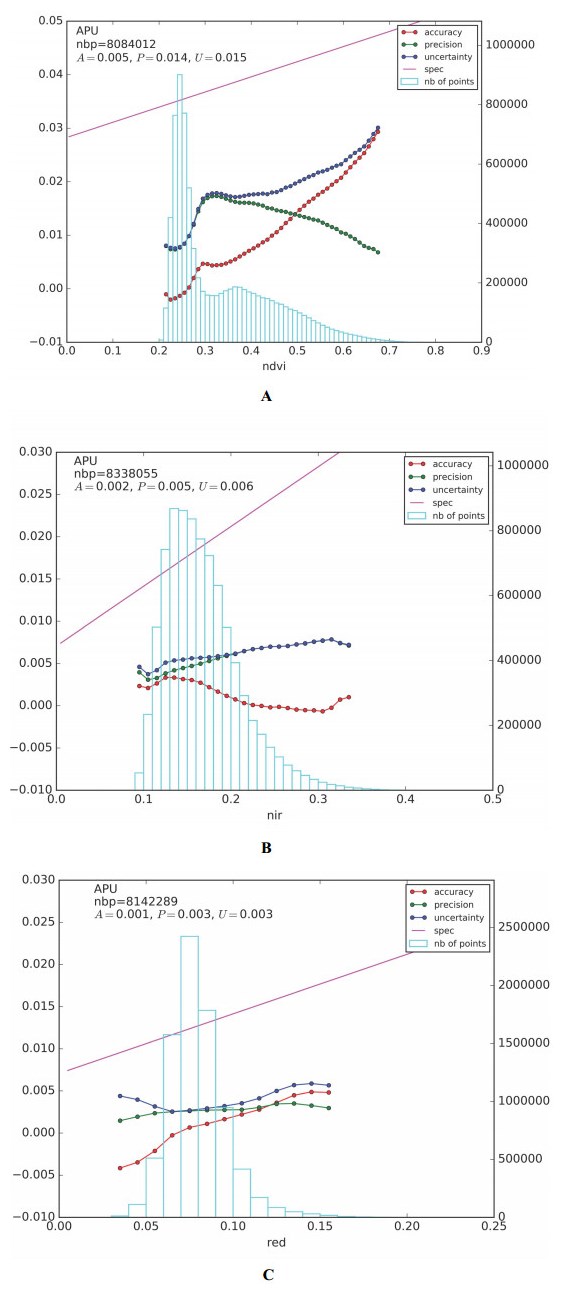
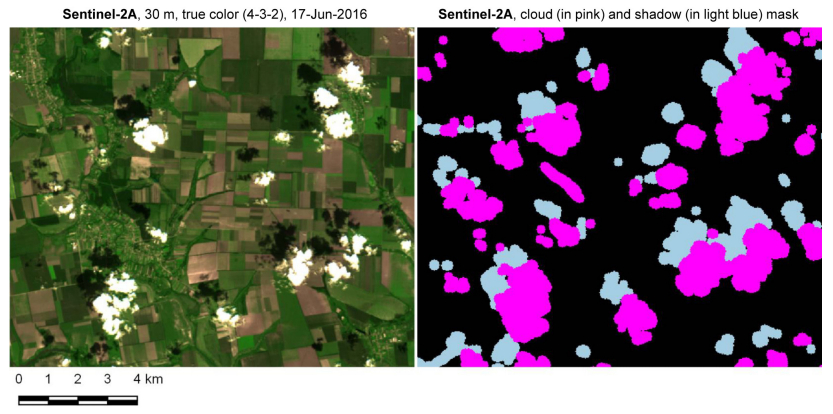
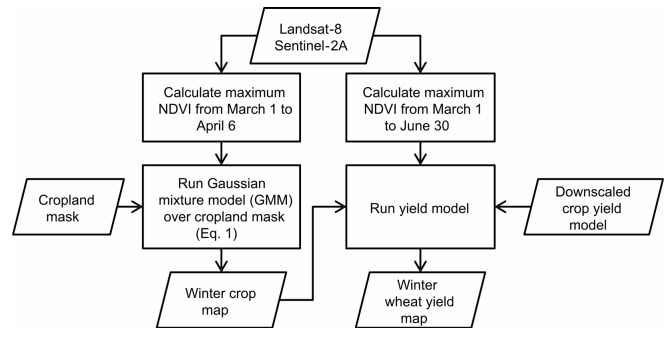
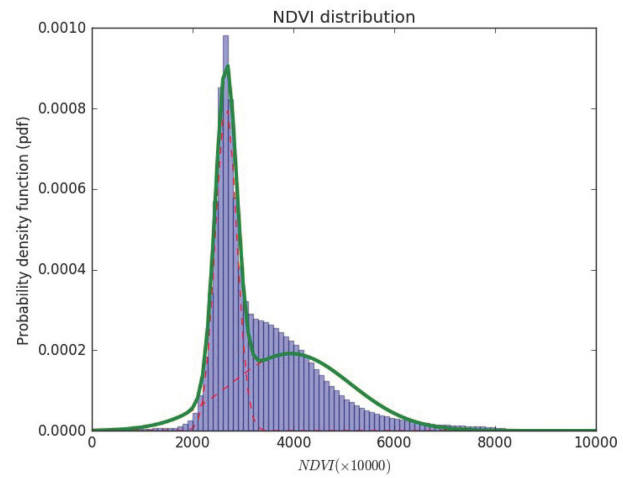
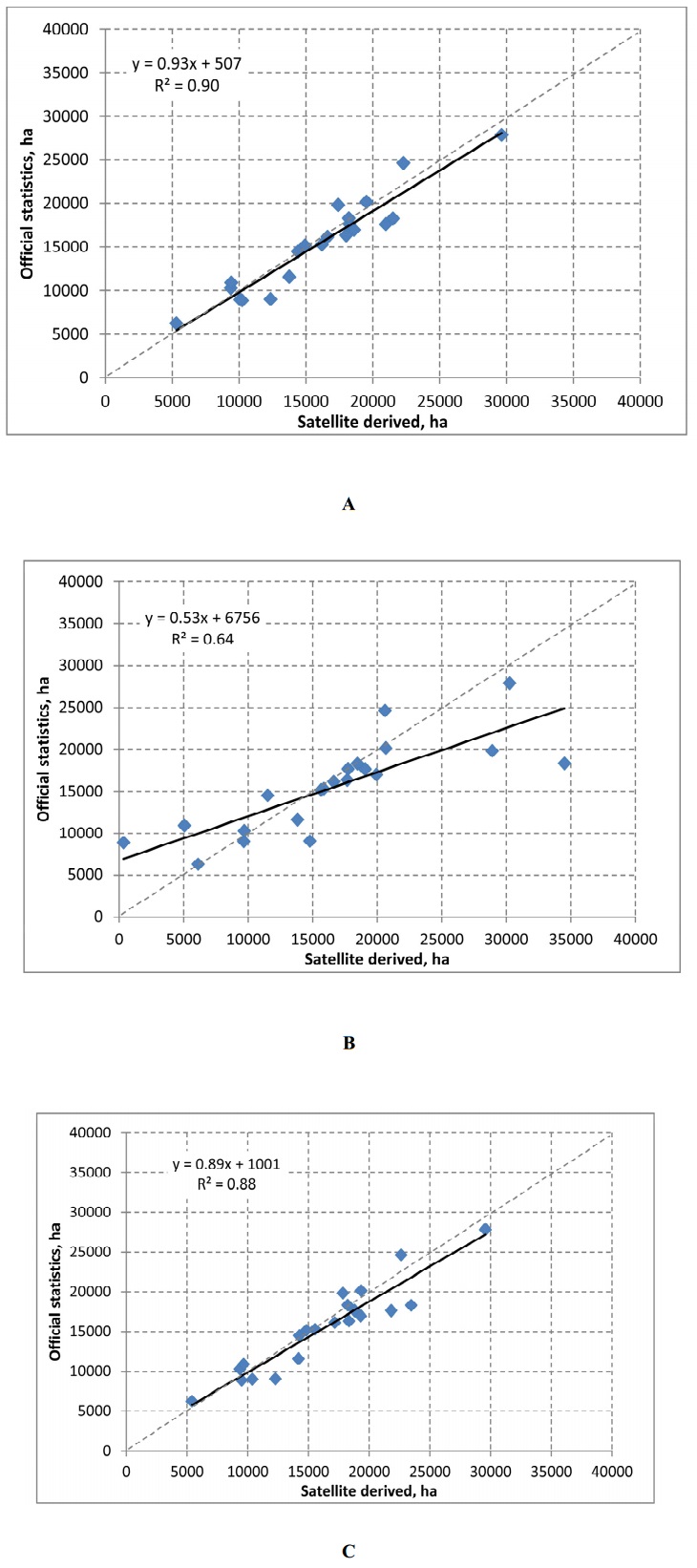
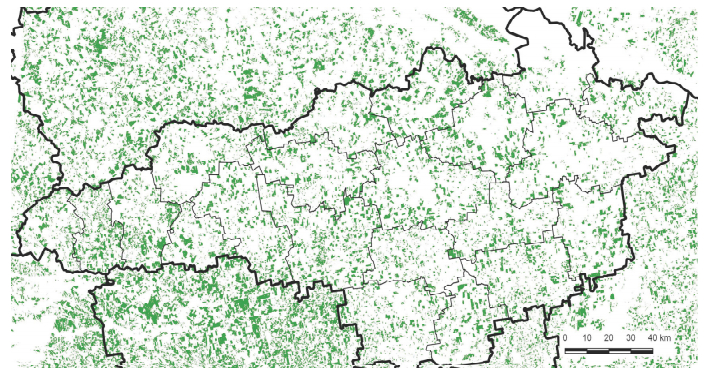

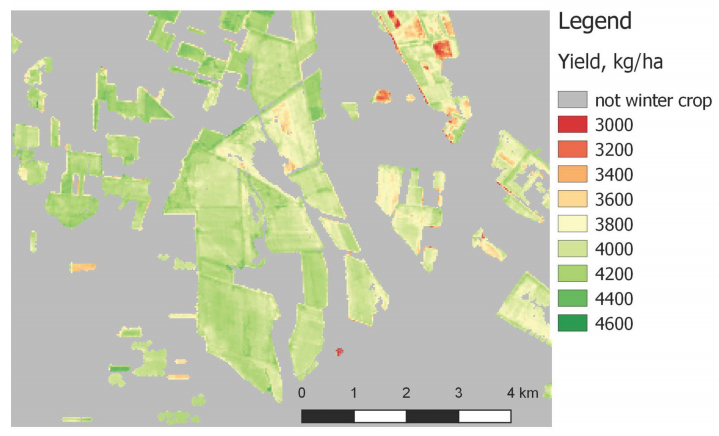
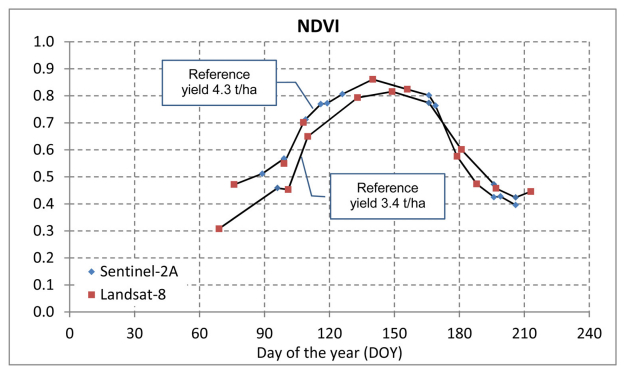


 DownLoad:
DownLoad: